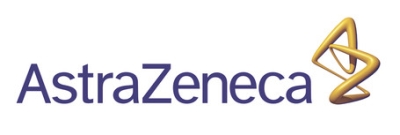Using nanotechnology to make better pharmaceuticals
AstraZeneca is interested in novel platform technologies for nano-engineering pharmaceuticals, while TU Delft has expertise in scalable approaches for nano-engineering particles. They have teamed up two bring these two interests together.
Administration of drugs to the lungs is the preferred way in treating pulmonary diseases such as asthma, but also for drugs that exhibit a poor bioavailability when administrated by the oral route. Moreover, there is a general trend in pharma to use nanoparticles: this optimizes the uptake (e.g., certain nanoparticles can cross membranes) and limits the doses of the active components. However, proper approaches for making nanoparticles with constant quality at the large scale is still lacking.
In this project, we aim to explore and develop an approach for manufacturing pharmaceutical products based on dry nanopowders. For the current dry powder inhalers, only a limited part of the powder properly leaves the device. Moreover, this powder often does not have the optimal size. With the proposed research, we will develop technology to reduce the losses during the use of dry powder inhalers, to better tune the size and solubility of the product.
The final outcome of the project will be technology for controlling the dispersibility and dissolution of dry pharmaceutical powders, specifically aimed at dry powder inhalation. We do not aim for treatment of a specific disease, but rather for a general platform technology that can be adapted for specific applications.


